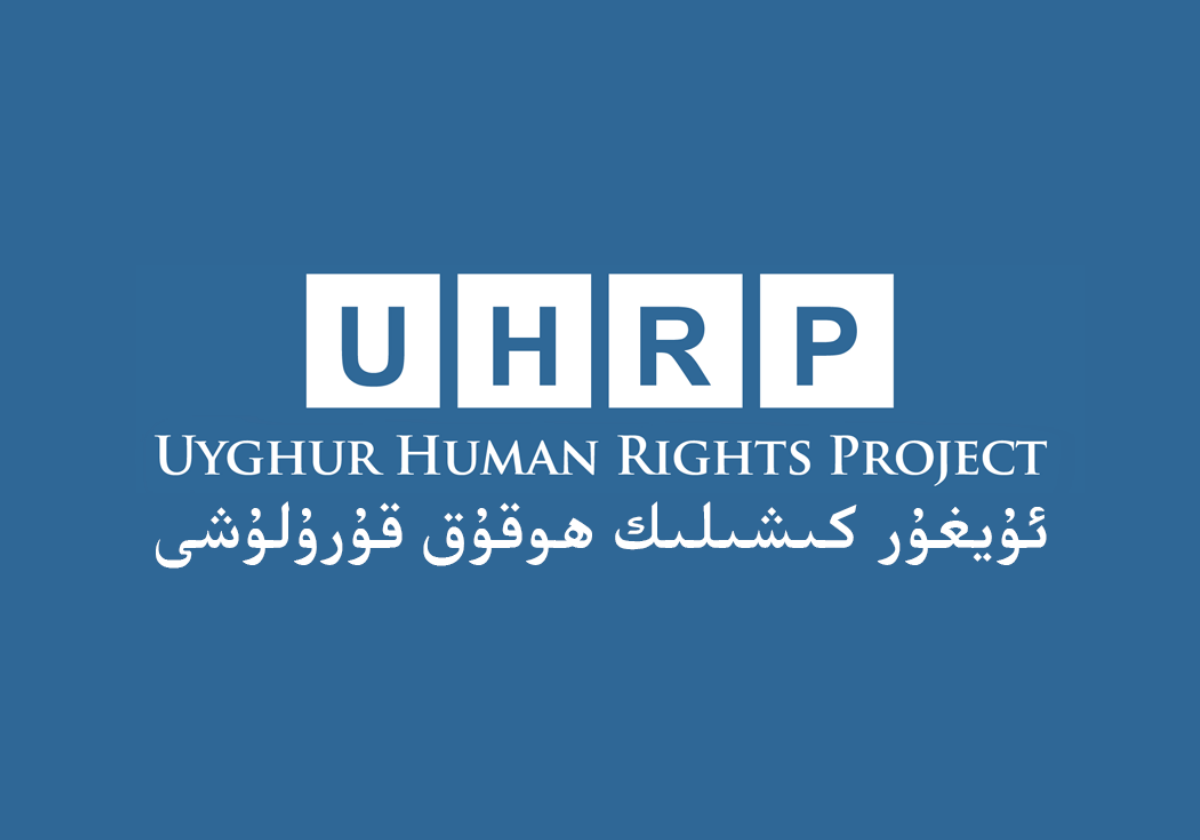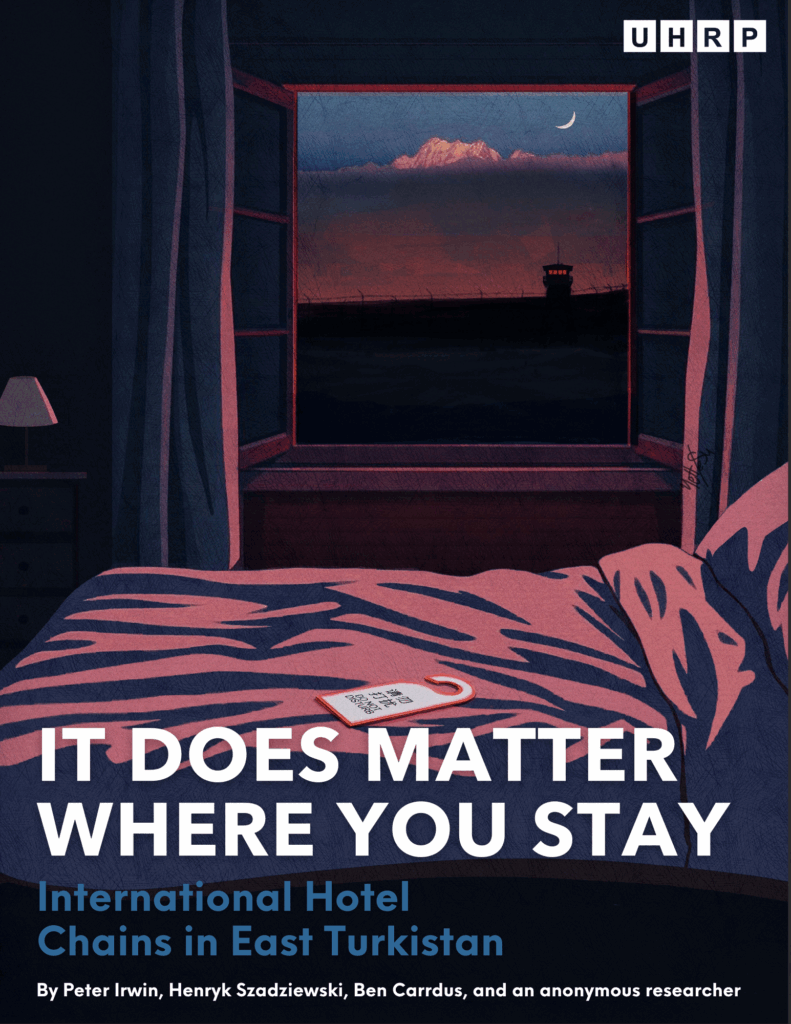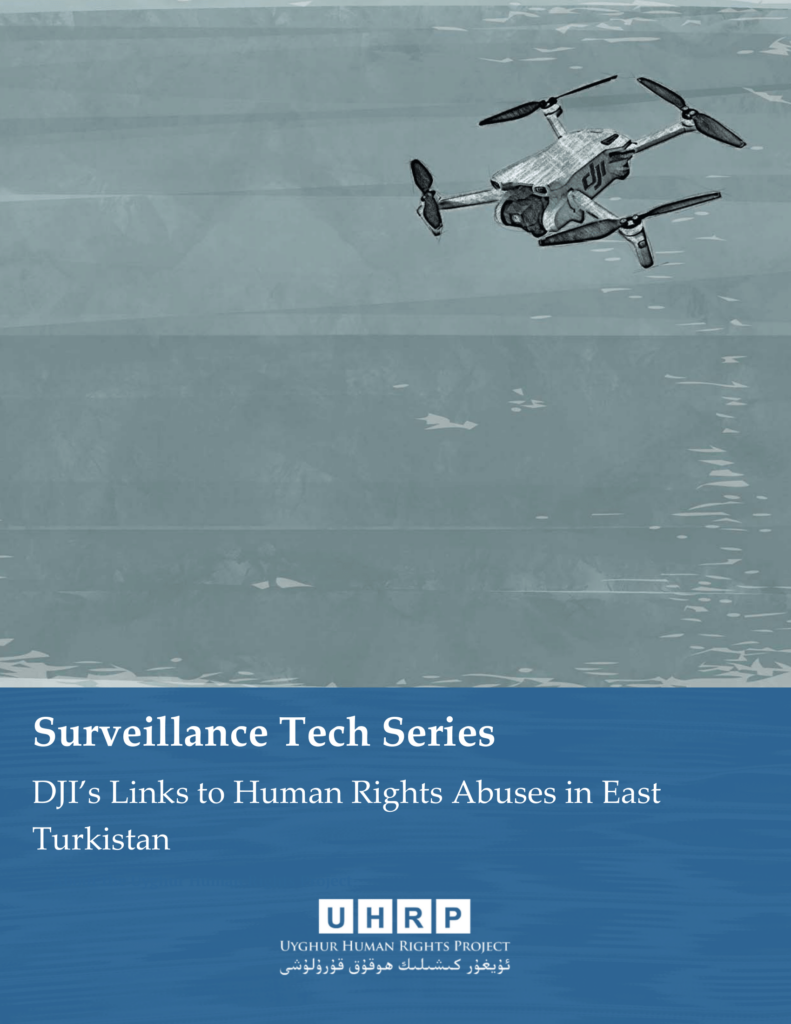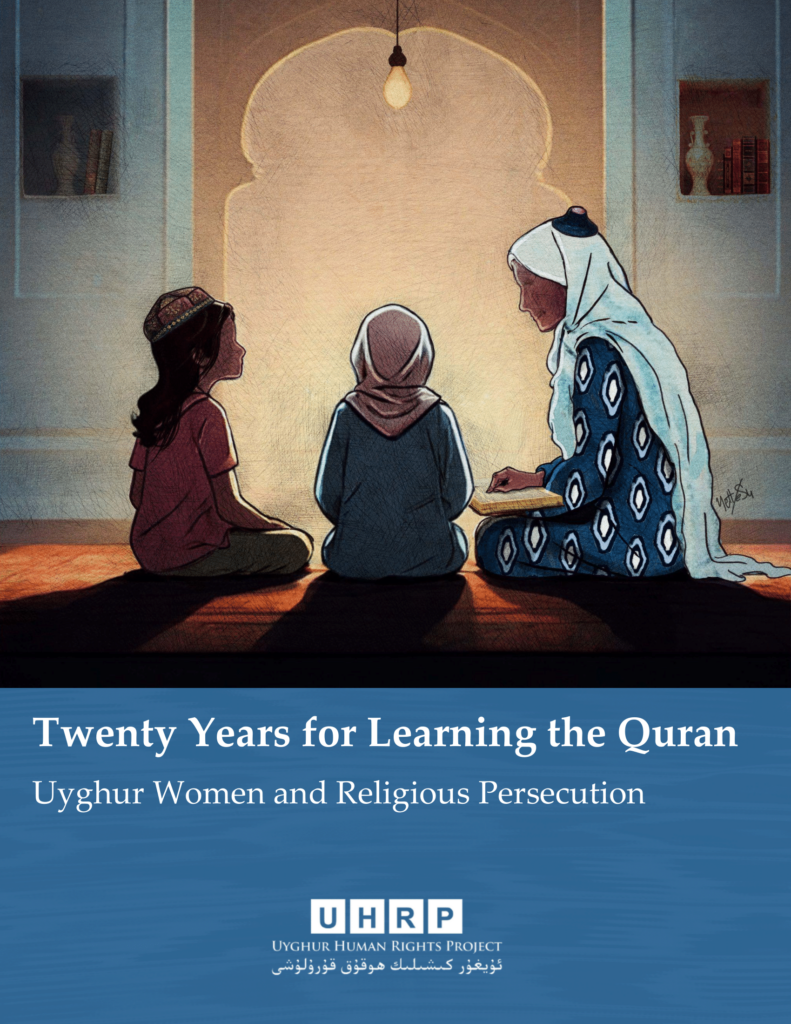Can Anyone Hear Us? Voices From The 2009 Unrest In Urumchi

For immediate release
July 1, 2010, 1:45 pm EST
Contact: Uyghur American Association +1 (202) 535 0039 and +1 (202) 535 0018
A Uyghur Human Rights Project report by Henryk Szadziewski and Amy Reger. Download the full report in English here.
A new report by the Uyghur Human Rights Project (UHRP) examines the unrest that took place in July and September 2009 in Urumchi, the regional capital of East Turkestan (also known as the Xinjiang Uyghur Autonomous Region or XUAR) through the accounts of Uyghur eyewitnesses. Can Anyone Hear Us? Voices From The 2009 Unrest In Urumchi also investigates the economic, social and political factors that set the context for the unrest, as well as the information lockdown that followed.
Residents of Urumchi who spoke to UHRP have described witnessing security forces’ use of deadly live fire against Uyghur demonstrators on July 5, extensive beatings of Uyghurs by civilians in July and September and arbitrary detentions that have exacerbated the growing divide between the Uyghur and Han communities. The accounts provided to UHRP cast sufficient doubt on the Chinese government version of events that should compel an independent and international investigation into the unrest.
On July 5, 2009, in the city of Urumchi, Uyghur men, women and children peacefully assembled in People’s Square to protest government inaction over a deadly attack on Uyghur factory workers in Shaoguan, Guangdong Province.
The details of what happened that day, and over the following months, have been unclear. What is known is that the city erupted into unprecedented unrest that resulted in the deaths of an unknown number of people.
In the immediate aftermath of the July 2009 unrest, the Chinese government separately blamed anyone from Uyghur overseas forces, mobsters, plotters, separatists and terrorists for fomenting the unrest.
Since July 2009, the Chinese government has attempted to manage and control information about the unrest in Urumchi that took place on July 5 and the following days, and has also limited information about unrest that rocked the city in early September.
Beginning the night after July 5, 2009, government authorities initiated the world’s longest-running Internet blackout throughout East Turkestan, which, together with the blockage of international phone calls and cell phone text messages, effectively prevented information from leaving the area.
This has left the world with scant information about the unrest besides the Chinese government version.
Can Anyone Hear Us? Voices from the 2009 Unrest in Urumchi lifts the veil on the Chinese government account of the 2009 unrest. In interviews conducted by UHRP staff, Uyghurs and foreigners who were in Urumchi in July and September 2009 have provided information that starkly contrasts with the government’s version of events.
The report gives a rare insight into Uyghur accounts of the July and September 2009 unrest, as well as the information lockdown and detentions of Uyghurs that occurred during the period. Can Anyone Hear Us? Voices from the 2009 Unrest in Urumchi gives a forum for the Uyghur voice that is seldom heard within China and the outside world.
FEATURED VIDEO
Atrocities Against Women in East Turkistan: Uyghur Women and Religious Persecution
Watch UHRP's event marking International Women’s Day with a discussion highlighting ongoing atrocities against Uyghur and other Turkic women in East Turkistan.



